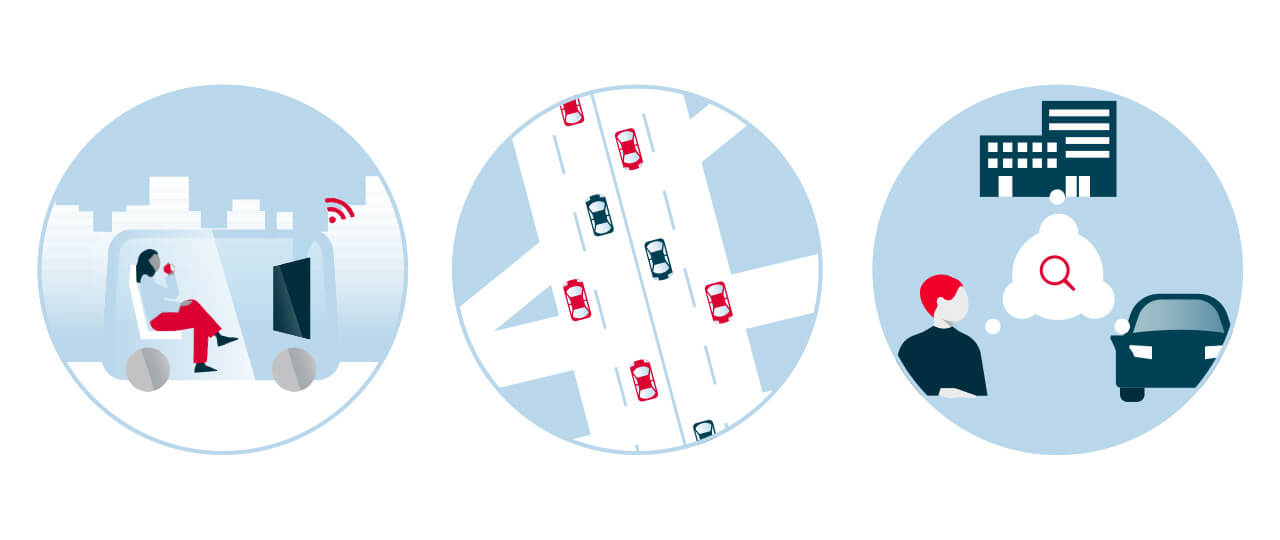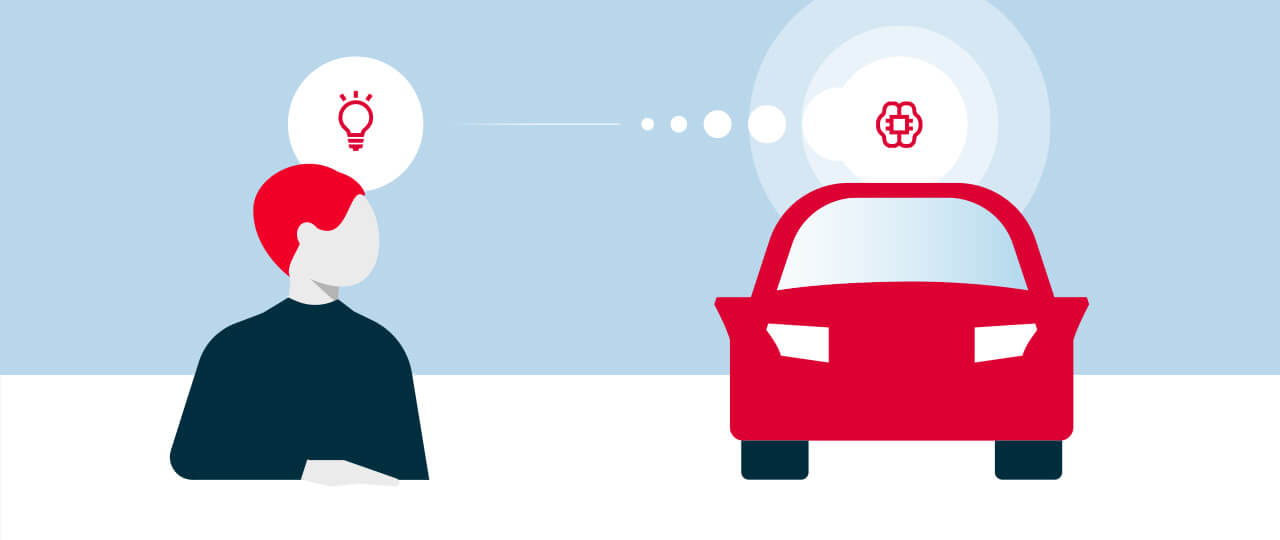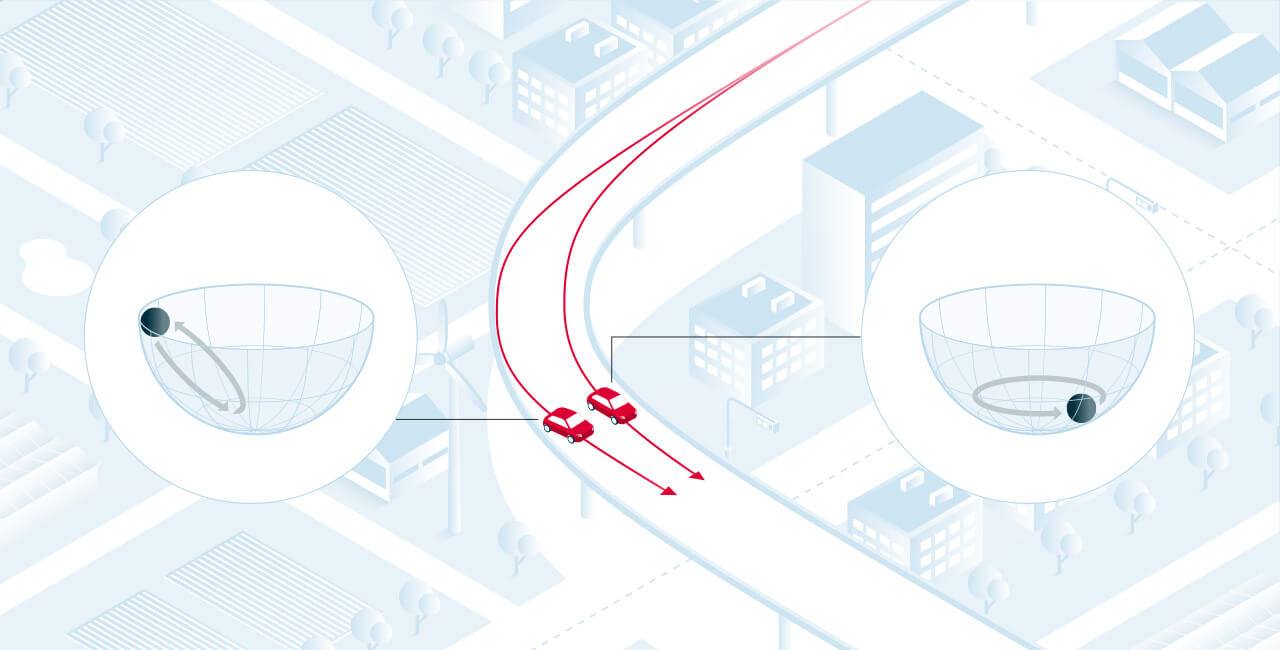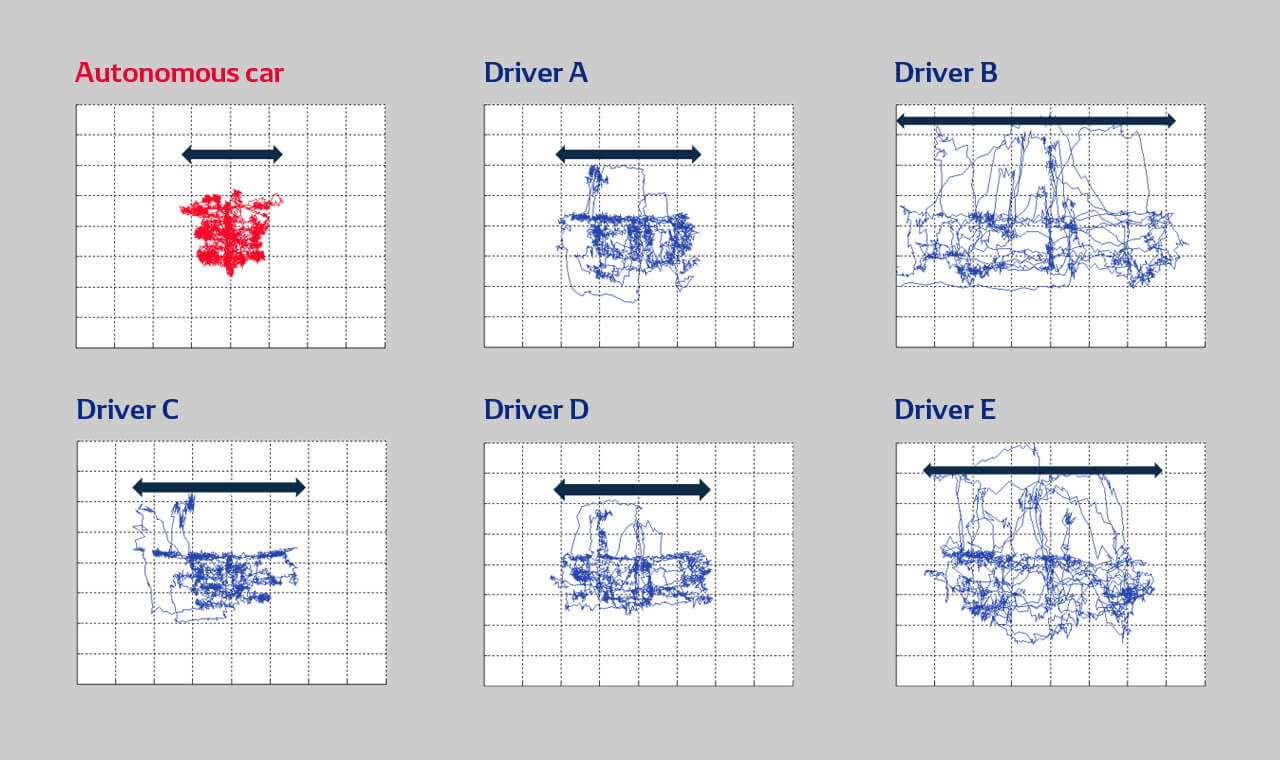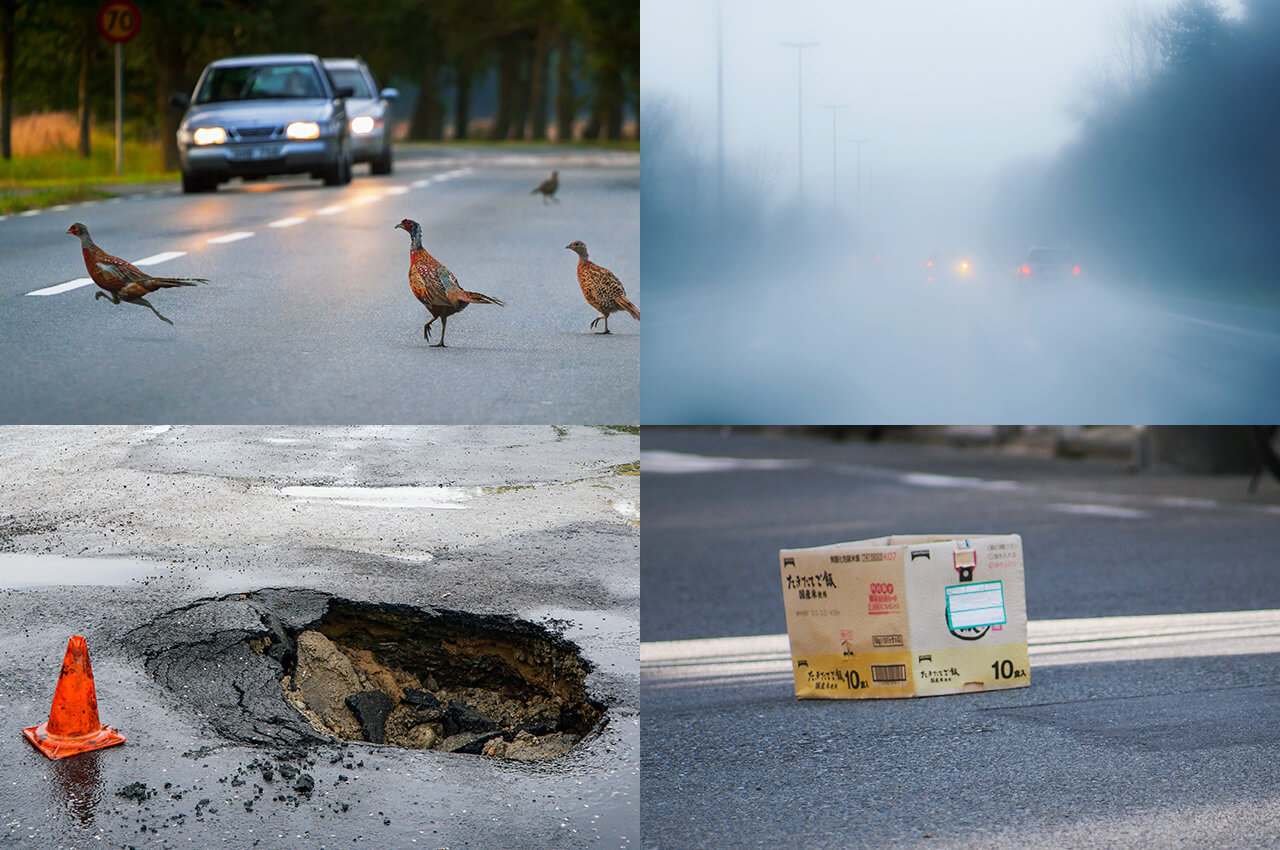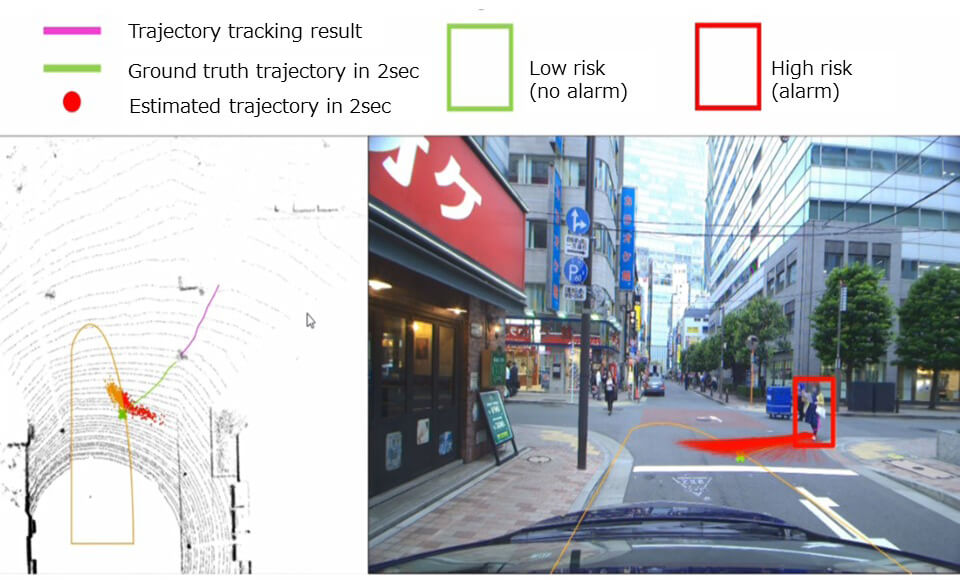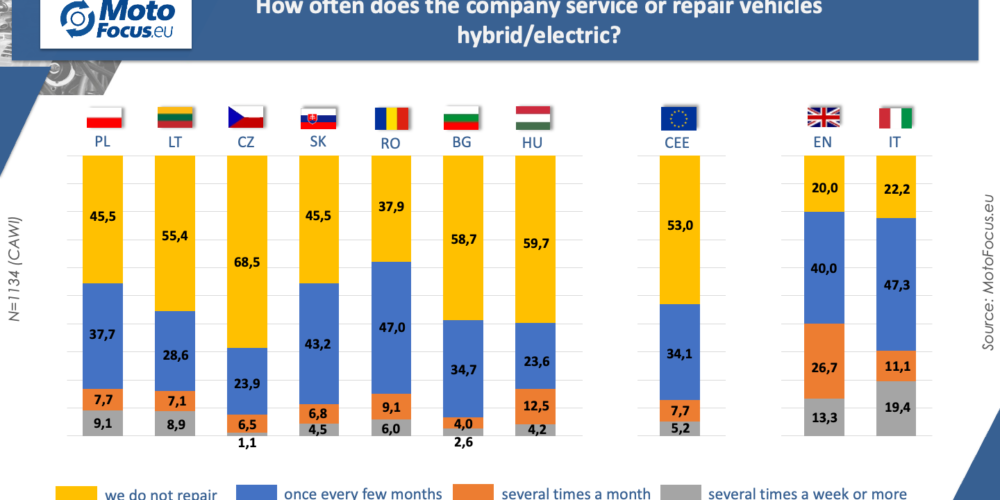It may not be long before each family has its own “chauffeur”
“If I had a chauffeur”
Only 100 years ago, refrigerators were not widespread in society. In the days when refrigerators were not available, not many people, even the wealthy, could eat the cold and sweet tropical fruits.
Now, thanks to the invention of refrigerators, food can be eaten fresh and safe at home. The evolution of technology have always made what had been considered special into something that many people take for granted now.
What will become “common” next by the evolution of technology? For example, having a chauffeur. This is a value that only a small fraction of people can enjoy today.
With a chauffeur service, travel will be very convenient and comfortable. It will take you to the destination on the route you desire with comfortable and careful driving.
In addition, a chauffeur has the flexibility to pay attention to the physical condition of the passengers and the weather in the future, and adjust the driving accordingly.
We would like to make the value that only a few people can enjoy currently to “common”. Realizing the reliable automated driving enables everyone to experience the pleasure of using a special means of transportation.
How can automated driving become widespread?
As various enterprises around the world work to build a future of automated driving, technology is evolving day by day. How do we integrate these evolving technologies into our daily lives? In order to do so, it is necessary to build trust between people and automated driving technology.
In general, there are three difficulties for automated driving to become widespread in society. It is a challenge that we must overcome in order for the technology of automated driving to be accepted in society.
① Further increase in user value
② Reduction of social loss
③ Locus of responsibility
① will give users convenience, security and economic benefits. ② will solve “problems considered socially ‘negative’ ” caused by automobiles, such as the reduction of the number of automobile accidents and the resolution of traffic jams. ③ will clarify where responsibility lies in the event of a car accident. There are challenges to be tackled for each difficulty.
All of these challenges have to be addressed to make automated driving cars less of a concern and more pleasurable to humans. In particular, the factors that affect technological development are ① of increase in user value and improvement of infrastructure to achieve ②.
Technology development to solve these problems has been conducted in the past, but we believe it is necessary to develop technologies that understand human characteristics more deeply. For example, it doesn’t necessarily mean that people will choose automated driving cars if they are safer. People feel uneasy when too much priority is given in safety and the behavior of a car becomes unstable. For example, in the situation like this, people become sensitive to small changes in gravity (acceleration).
To be trusted, automated driving must have a deep understanding of human characteristics, such as how people feel and act in certain situations. That way, people will feel comfortable while totally leaving the driving task to automated driving cars. To this end, DENSO is also focusing on research to understand human characteristics.
Reproducing the human senses by technology for automated driving
“For safe and comfortable automated driving, it’s important to understand what people are feeling when driving, and make sure to reproduce it by engineering.” says Hiroshi Ino, General Manager of the Vehicle System R&D Dept., Advanced Mobility Systems Business Development Div. of DENSO CORPORATION.
It is said that people understand how fast they are going by the flow of the scenery. This concept is called “optical flow” in the field of computer vision.
Drivers recognize the distance from the car in front of them based on a perceived speed that is different from the physical speed by thinking “How many seconds will it take for this car to hit the car in front?”
One example of automotive technology that utilizes this research related with human characteristics is the “ACC (Adaptive cruise control)” in which the vehicle automatically adjusts the acceleration and deceleration within a preset speed to control the distance between vehicles.
There is a concept called “friction circle” in tires. When a car is driving on a curve, friction force occurs between the tires and the road surface when braking or steering while accelerating, in both the front, back, and side directions. The friction circle shows it as a conceptual diagram.
When the entire friction circle is represented by a bowl and the force produced by a tire is represented by a ball. When vehicle drifts out / spins out, tire force exceeding the limit of friction circle, the ball is getting out from the bowl. In the conventional safety system, if the tire is loaded until the ball reaches the end of the bowl, the tire condition is forcibly returned to ensure safety.
During safe and secure driving, a state called “Ball in Bowl” is realized in which tire force is controlled efficiently within the limit of vehicle dynamics.
We analyze these mechanisms from the viewpoint of automotive engineering and reproduce the human senses by engineering to develop control systems.
In this way, DENSO is trying to realize comfortable and safe automated driving technology, as if it were a professional driver taking the steering wheel.
Below is the results of in-vehicle test on a complex road in our test course.
These images show how tire force is applied to the car body when it is driven by different drivers.
According to the “Ball in Bowl” concept, the closer the drawn lines are to the shape of a small circle, the more comfortable the driving is. The upper left is the case of automated driving. It can be said that the driving is more comfortable compared to other drivers since the shape of the drawn lines is closer to a small circle.
The strength of DENSO, which conducts R&D with a thorough knowledge of automobiles, is its ability to verify technology on the spot, just like the in-vehicle test on a complex road. We are taking advantage of this strength to realize automated driving that incorporates human senses.
“As automated driving becomes more widespread in society, humans and cars must work together to drive. How can we seamlessly transfer the driving control to machines? This is a pretty interesting area of research.” (Ino)
“As a researcher, there is no area that is more exciting.” Ino says with a smile on his face, explaining why he’s involved in the development of automated driving technology.
Human is naturally predicting the motion
In order for machines to drive on behalf of humans, we are also working on adapting AI such as deep learning and machine learning to cars. In our daily lives, we anticipate the movement of objects in the future and judge how we act. The AI-driven “image recognition” is superior to humans in some respects, but it is not stable in some circumstances, such as irregular environments, and still has many challenges.
“Even actions that humans are performing unconsciously can still be difficult for machines. In order to realize reliable automated driving, we need to tackle these challenges.”, says Naoki Ito, General Manager of the Applied AI R&I Dept., AI R&D Div., Advanced Research and Innovation Center of DENSO CORPORATION.
People recognize their surroundings unconsciously in their daily lives. For example, it recognizes buildings, trees, pedestrians, oncoming cars, and so on, and naturally understands whether objects will move or not. For many people, it is easy to recognize objects in a moving scenery. However, in order for AI to do the same thing, it is necessary to continue to follow (track) the trajectory of the object while detecting it every frame. In situations where objects are hidden, current technology can make mistakes in detecting objects.
In order to solve this problem, DENSO has developed an algorithm for image recognition technology that refers to the past tracking information to estimate and detect the current frame position to improve tracking performance. This technology has enabled accurate detection of hidden objects.
This technology made it possible to identify the positions of objects and obtain information about their past trajectories. Then we are motivated to predict the trajectories as the next step. For example, when pedestrians come into view, humans naturally predict “Where is this person going?” If AI can make this prediction, it could make automated driving more trustable.
DENSO is also using this technology to predict trajectories of pedestrians. In order for AI to predict “Where will this person go after this?” from past tracking data, it is important to predict the destination. To do this, we first use information such as the shape of the road and the location of buildings to predict multiple destinations, then estimate the routes that can be reached for each destination, and output the most likely route to be chosen.
The video above shows the “pedestrian warning demonstration” which utilizes the results of pedestrian trajectory prediction. This defines hazardous area around you and warns you if a pedestrian may enter the area. A red boundary box is indicated as a warning when the probability of a pedestrian entering the defined hazardous area is higher than a certain threshold.
In the demo video, no warning has been issued yet, but since the pedestrian in the boundary box (green) is moving to the left of the screen, the result is shown in red. It is also making a prediction considering the possibility of this pedestrian going straight.
“Will the pedestrians go left or walk straight?” Both cases are predicted. In fact, the pedestrian turns left and the prediction converges to the left as well. AI technology are utilized to predict the trajectory of these pedestrians.
“It’s not easy for AI to reproduce what people do naturally. However, there are areas where AI is better. We have a lot of problems to solve for the social implementation of automated driving, so I think it’s a challenging and interesting field of research.” (Ito)
For entirely reliable automated driving technologies
As automated driving becomes widespread in society, drivers will be the passengers. In that case, not only safety but also comfort and trust will be required.
For automated driving to be implemented in society, it must be recognized as safe and secure for people. No matter how far technology evolves, it will be difficult to be accepted unless it is recognized as a reliable entity.
People can totally rely on a dependable automated driving car, as if it were a chauffeur at the wheel, and spend their free time on the road. To make that future a reality, DENSO is pursuing research and development into automated driving that takes human characteristics into full consideration.
From: https://www.denso.com/global/en/news/stories/all/200914-02/self-driving-01/

